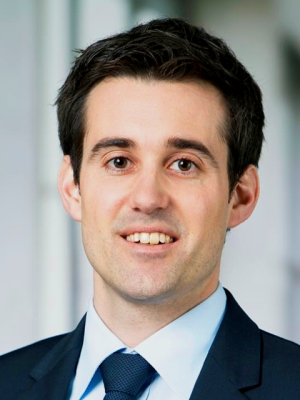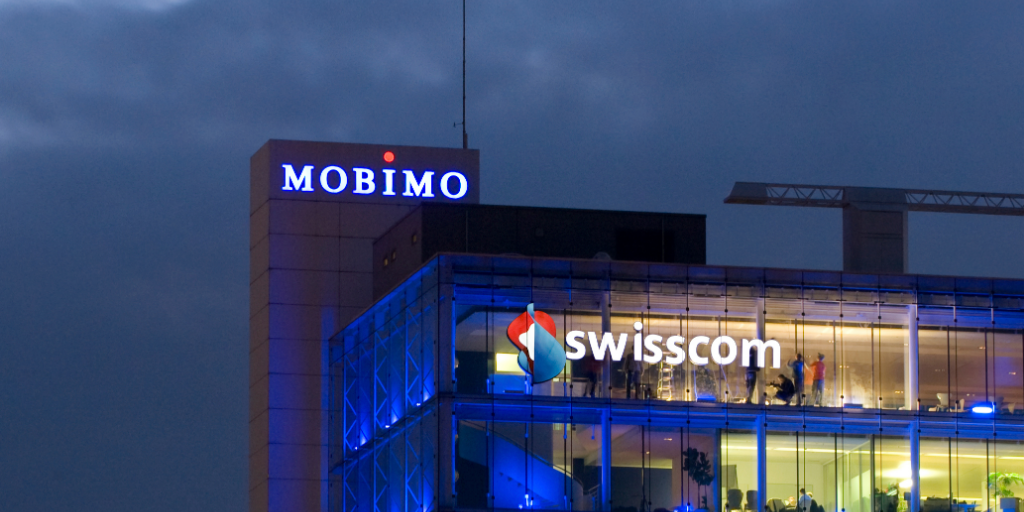ETH Zurich: Staying on top of communications
ETH Zurich, the Swiss Federal Institute of Technology, ranks amongst the most prestigious science, technology, engineering and mathematics universities in the world.
In addition to being a national centre of excellence it also has an important role as a meeting point bridging the scientific community, the public, and the world of industry. Which in turn means that the quality of its communications and publishing has to be top notch.

Simon Zogg, head of Communication Channels at ETH, explains how ETH’s team stays on top of their communications, and the role played by Desk-Net in their publishing.
"Our main task is to show the Swiss public what they are getting for their tax money, and to secure support from both the public and the politicians. In addition we want to inform companies about what’s going on here which is crucial for partnerships and for financing. We want to show that there are concrete business benefits to what we are doing. Thirdly we exist to give scientists a platform for their work and a showcase for their results."
The sheer number of scientists and educators working at ETH brings with it issues of scale: “we have more than 500 professors researching in different areas and of course they have a lot to say so where some other companies have a job finding content for publishing one of our main challenges is having too much of it.”
That wealth of content means that the communications team has an important role as a filter, selecting what content for what platforms:
we are gatekeepers and in our editorial meetings we decide if a story is relevant for a larger public, or for example only for the scientific community. We use Desk-Net to handle all this and facilitate the discussion of what and where to publish.
Where to publish is another element of the decision making process - not least because of the number of communication channels ETH manages.
“We have our own website and news channel. This is the base camp from which we feed most of our other channels with about one long and detailed news item on the web site every day which then feeds for example social media including Facebook, two Twitter accounts [one English, one German] or LinkedIn.
Then in print we have a quarterly magazine going out to an audience of 66,000, as well as a quarterly internal magazine for 16,000 readers. We also have several events for which we plan content and we handle media relations ourselves including placing stories in newspapers so we have a broad variety of work.”
In total the comms team amounts to about thirty people who use Desk-Net as a way of organizing all the topics coming in on a daily basis. A daily editorial meeting at 9am is used to discuss what should be published and on which channel(s) and the rule is simply that everyone has to enter their proposed topics in Desk-Net for it to be discussed.
Without Desk-Net we wouldn’t be able to handle the number of topics, the number of channels and the number of people working on them. If it’s not in Desk-Net it doesn’t make it to the editorial meeting.
This rule is particularly important since many workers are part time so may not be personally present at the editorial meeting, hence the insistence that topics be entered into Desk-Net so they are considered and can be actioned later through side meetings.
“We use Desk-Net to define the tasks and assign names but we don’t actually put the content into it - just the meta information about the topic.” Desk-Net is used as part of a suite of tools including Adobe Experience Manager for the website and the social media tool Falcon.
“We have been using Desk-Net for about two and a half years now. We began using it as part of a reorganization including our own newsroom and we quickly realised that in order to be able to work in a newsroom setting we needed this tool.”
Inevitably that involved a certain amount of change management
“In the beginning there was a lot of change and we realised we needed clear guidelines and a common understanding of what, when, and how to fill in Desk-Net so we set those rules. In fact we created two pages of guidelines that have to be updated when we have new channels or formats, but one and a half years on from that we now have a good working process that has remained largely unchanged.”
Ideas Pipeline
The result is what Zogg calls a constant ‘ideas pipeline’ for our communication channels. “Using a planning and decision tool as we do, I think Desk-Net is great.” Which, coming from one of the great idea production facilities in Europe is a pretty neat description.

